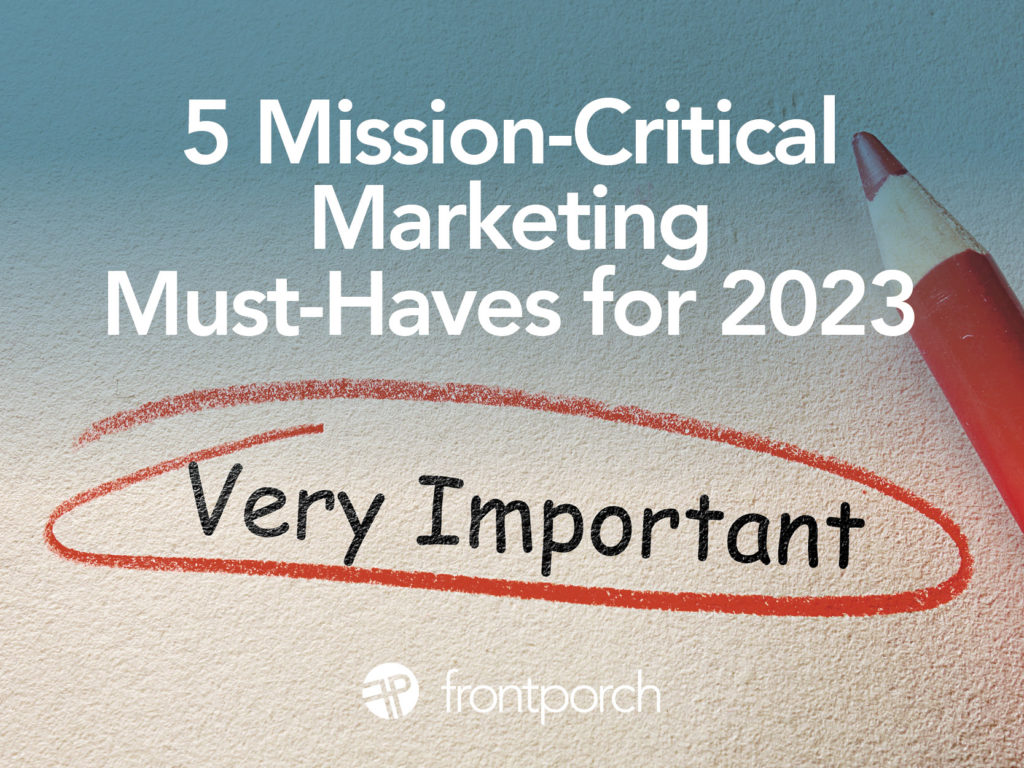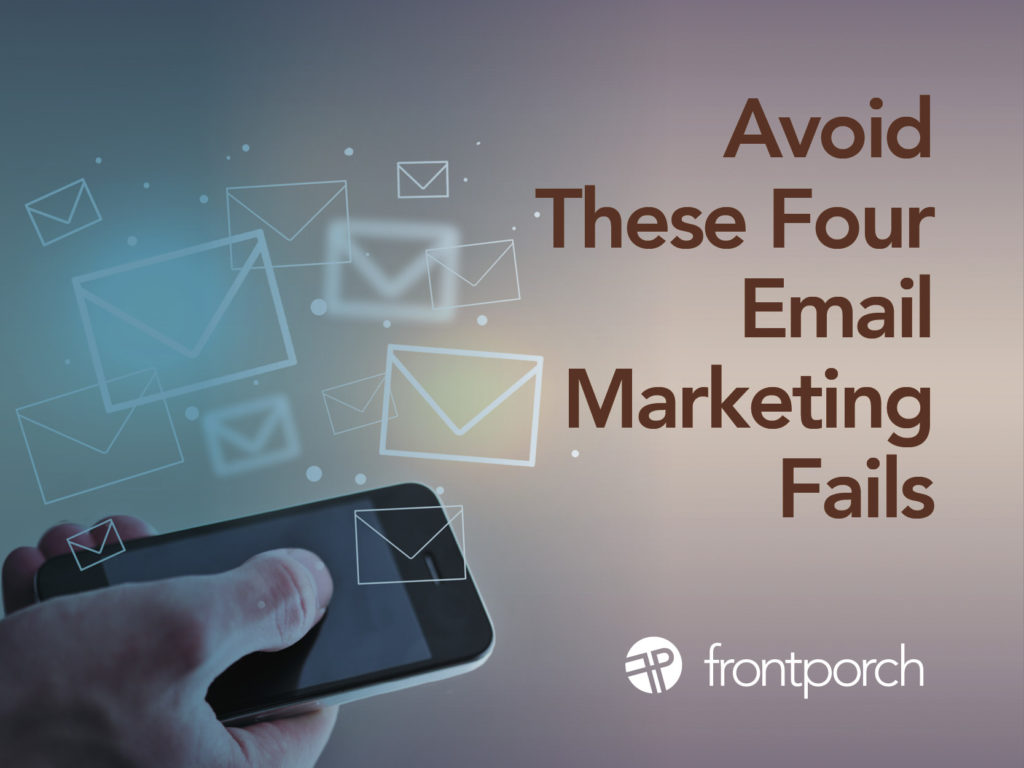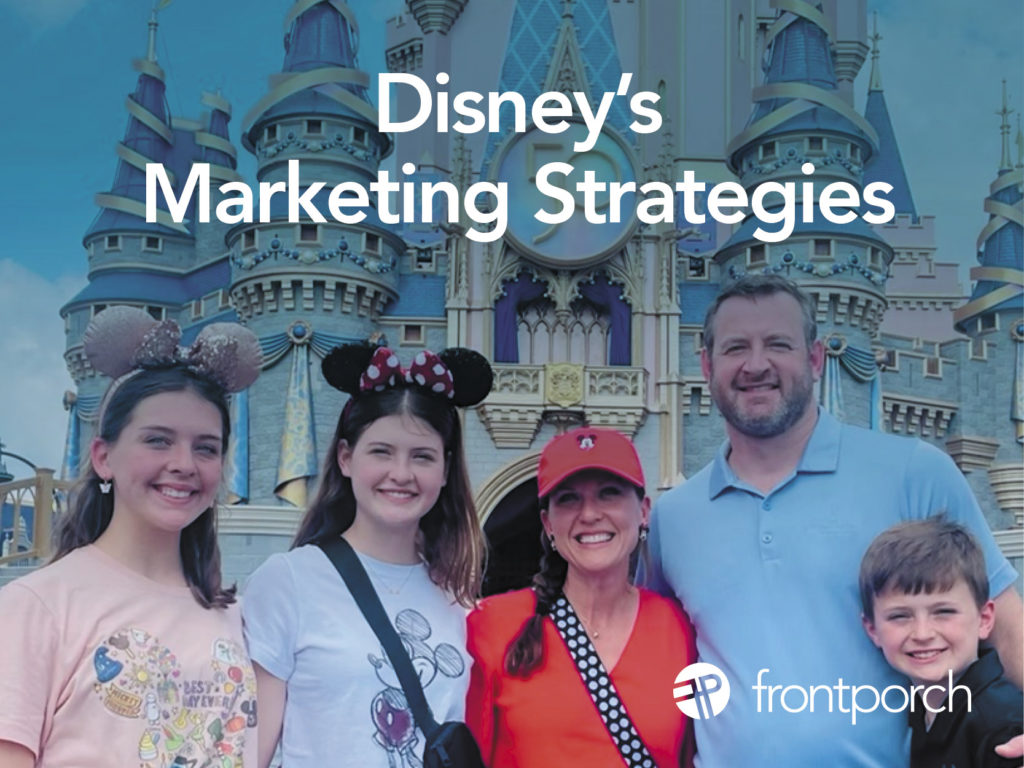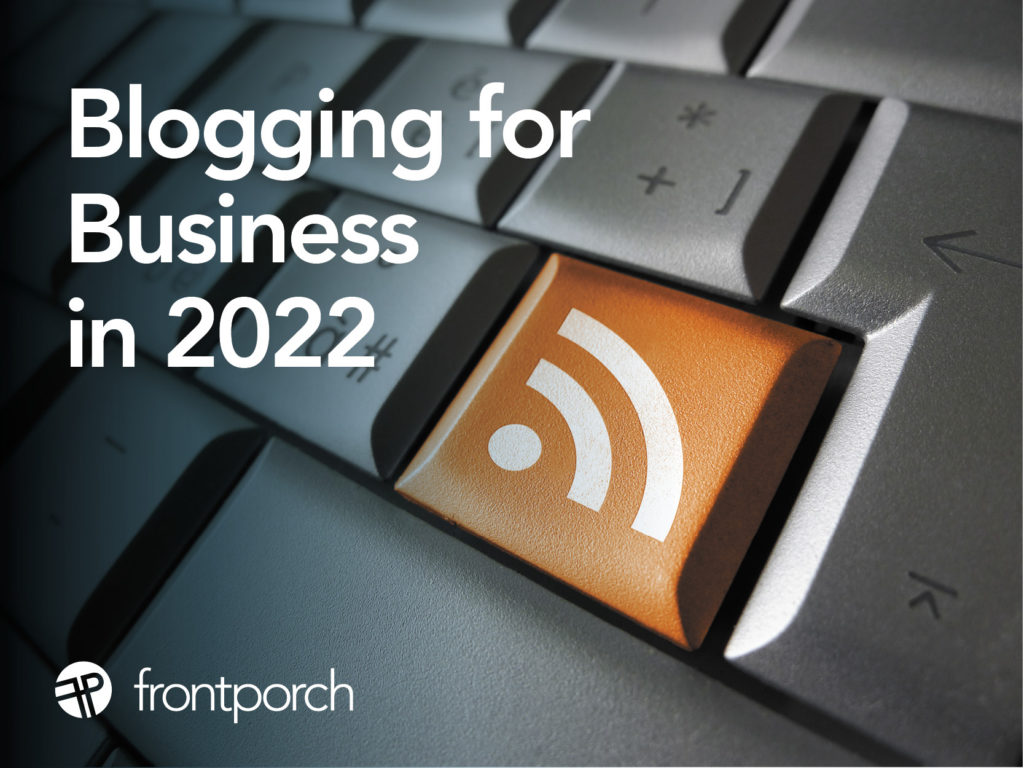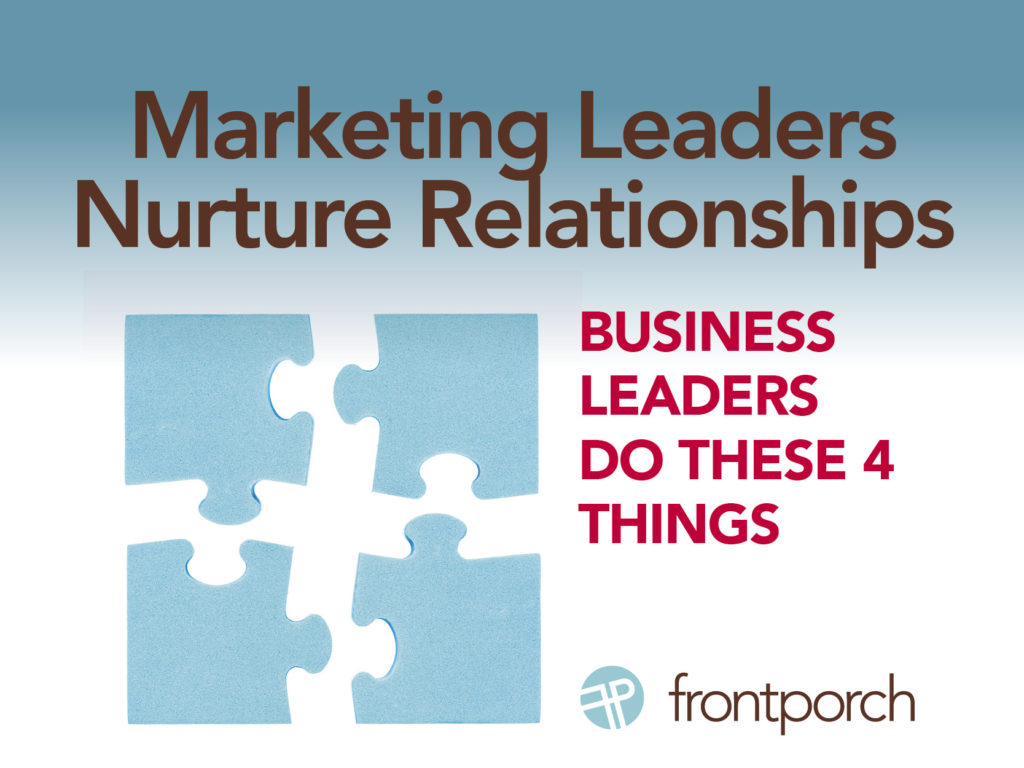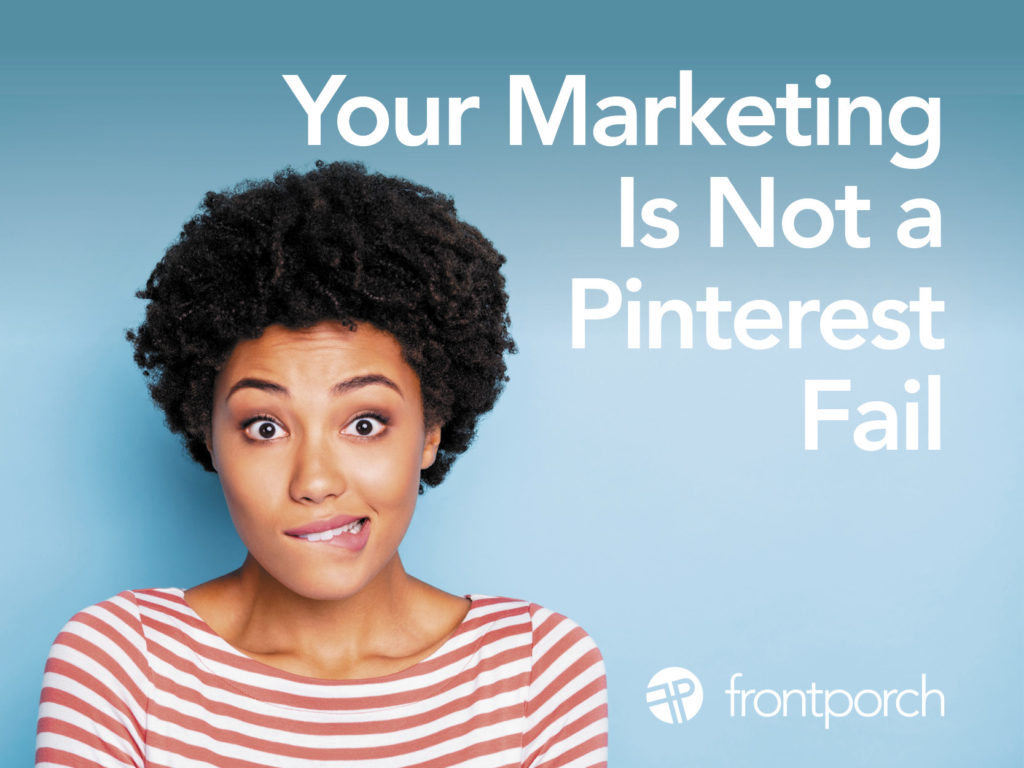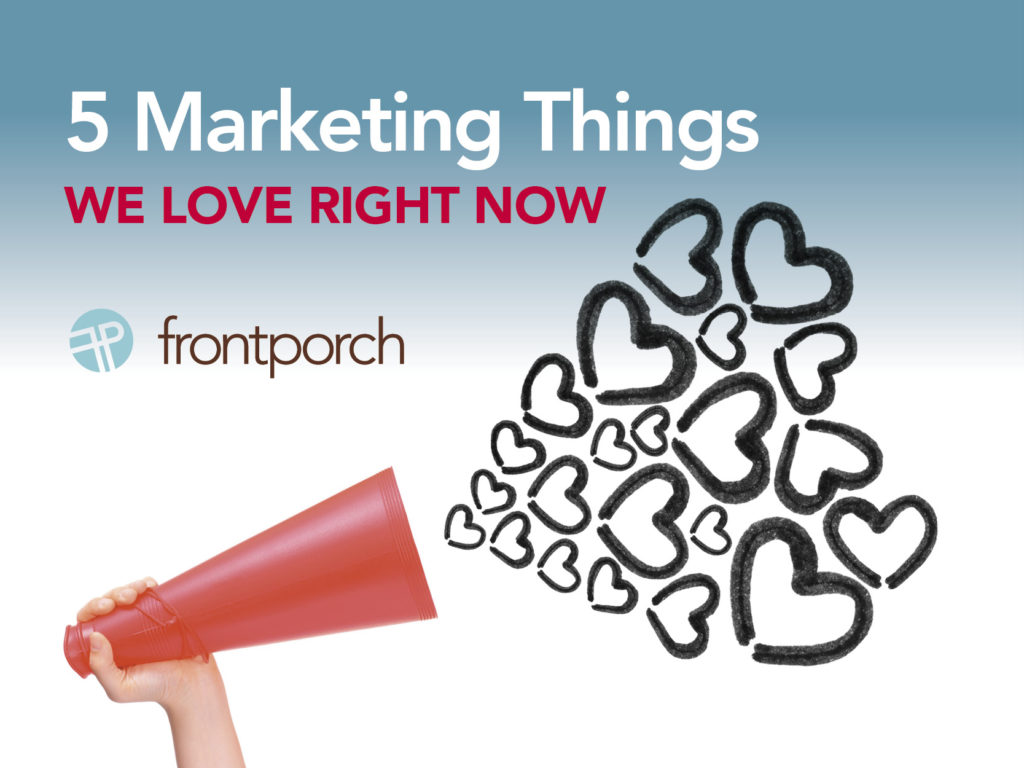
Oh, Marketing. How Do We Love Thee?
In honor of Valentine’s Day today, we wanted to share some of the things that we absolutely LOVE about marketing. We cover many aspects of marketing in our day-to-day business with clients. We use tried-and-true marketing strategies and tactics that are the bedrock of a solid marketing plan. And there are also trends that we love, so we take advantage of those for our clients as well.
These Marketing Things Are Both Tried-and-True and Also On-Trend
Incorporating these marketing things (strategies, tactics, platforms, approaches) in your business of marketing for a client, is a win-win. First, your clients see results. Then, you look smart. And finally, you’re both successful at growing the business.
Email Marketing
Clients are reaping results from email marketing campaigns. So having the right content and creative are critical. Companies can build a relationship with their customers when email marketing is executed with the reader in mind. Be informative and helpful vs. direct selling, and see an impact on business.
Strategic Paid Traditional and Digital Media Campaigns
Linking these two strategies (traditional and digital) is more effective. First and foremost, invest to meet the target where they are. Approach them in the right mediums. Earn more quality customers by thoughtfully targeting your messaging to impact sales more effectively.
Marketing Leaders Asking the Right Questions
We love this marketing thing: smart leaders. Our clients are smart marketing leaders who are thoughtful in their approach. To start with, we see them asking the right questions. But then we’re asking them the right questions too. This collaboration pays off for both businesses. They want a plan over time, not a one-off initiative. Thus, they are in it to win it for the long haul, and so are we.
Re-evaluate the sales funnel
The sales team might be engaged in selling one-on-one. But it might not be utilizing technology, processes and other tools to continue to engage and grow the engagement. Successful customer engagement and retention includes tactics at every point in the sales funnel. And utilizing powerful tools to scale and automate in conjunction with smart, thoughtful strategies make sense.
Client Loyalty and Retention
It is easier to grow existing business than gain new business. Enter the customer loyalty program. The trend in loyalty and customer retention programs will continue, blurring the lines between physical and digital as 2023 progresses, making customer retention a seamless experience. Loyalty programs incorporate email, text messages, and even print. Clients can grow their infrequent shoppers into brand fanatics using loyalty programs.
Ready to Love Your Company’s Marketing Things?
Think deeper in 2023. Really focus your attention on your customers. Ultimately, create a marketing ecosystem that keeps them informed. Give them insider information. And make their lives easier. This approach is a sure way to see your business grow this coming year. And we would love that for you!

